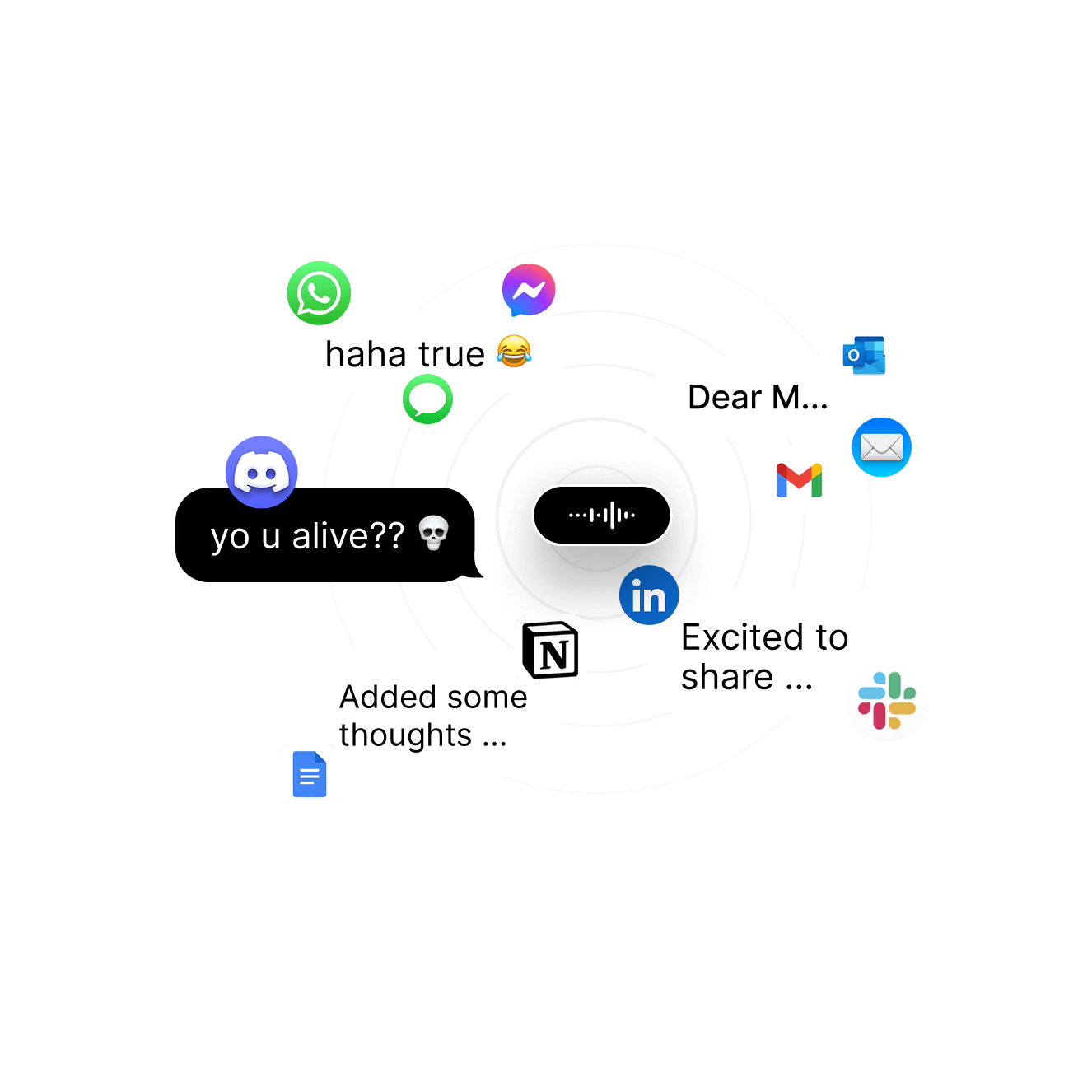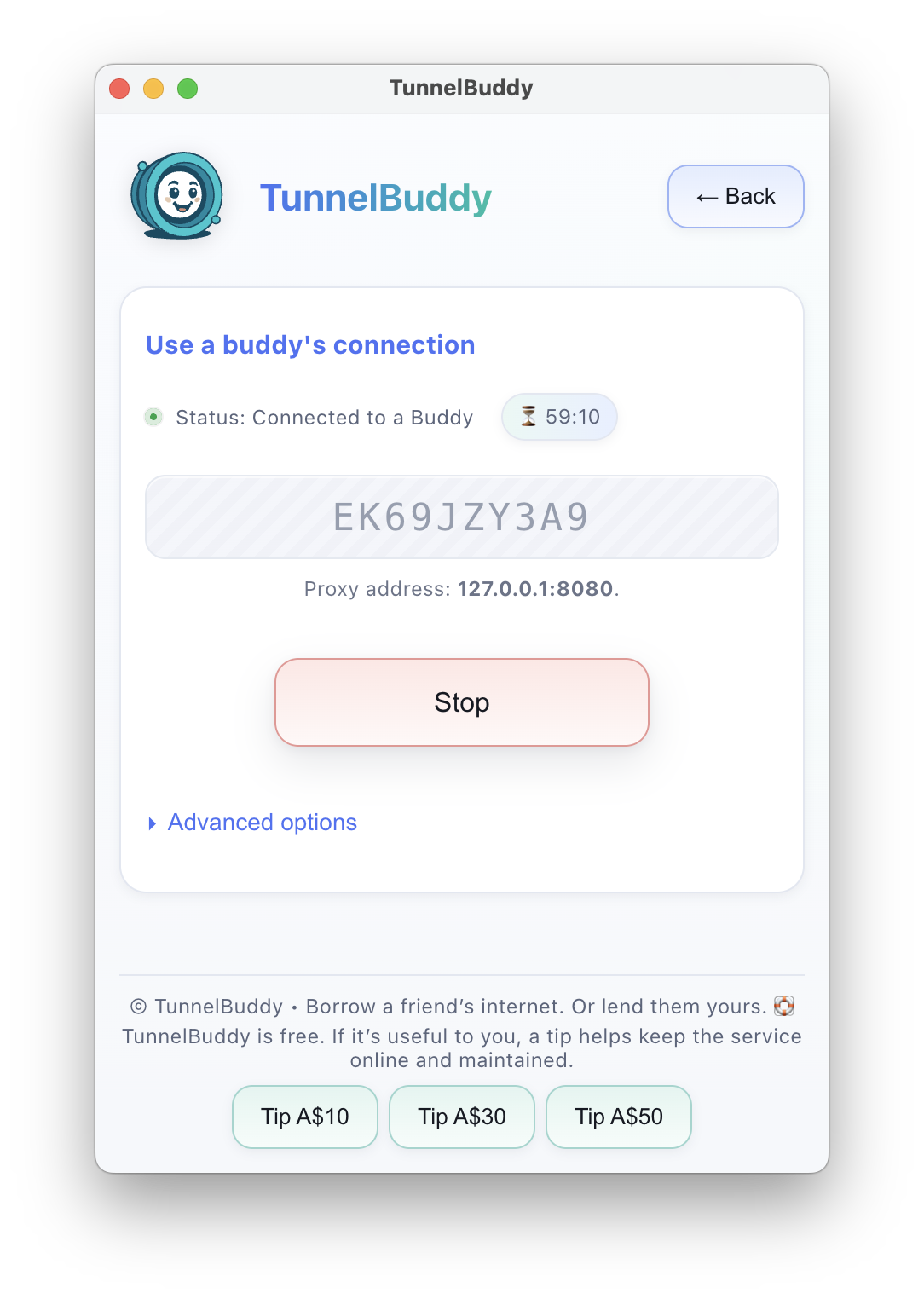Removes filler
Automatically removes filler words like “um,” “uh,” and “you know,” making your transcriptions clear and professional.
Removes repetition
Automatically detects and removes unnecessary repeated words in your speech, ensuring your language is concise and easy to understand.
Auto-edits when you change your mind
Typeless recognizes when you correct yourself mid-sentence and keeps only your final intended message, avoiding clutter and confusion.
Understands your intention
Not just transcription - Typeless comprehends the meaning behind your words and optimizes your phrasing for clarity and flow.
Auto-formats
Automatically organizes spoken lists, steps, and key points into clear, structured text, saving you the hassle of manual formatting.
Different tones for each app
Adapts the tone and style based on the app you’re using (work emails, chats, customer support), ensuring contextual fit.

100+ languages
Just speak in any language, and Typeless automatically detects and transcribes in your language. It's simple and seamless.

Personal dictionary
Effortlessly add your unique words to your personal dictionary and Typeless won't miss.

I believe we can shift towards a more focused and intentional approach. For example, we could start every meeting with a clearly defined goal—what decision needs to be made, what input is required, or what problem we’re solving. We can also try assigning light pre-work when necessary, so that everyone comes in prepared and we can spend time on what really matters: identifying blockers, making choices, and driving progress. I believe we can shift towards a more focused and intentional approach. For example, we could start every meeting with a clearly defined goal—what decision needs to be made, what input is required, or what problem we’re solving. We can also try assigning light pre-work when necessary, so that everyone comes in prepared and we can spend time on what really matters: identifying blockers, making choices, and driving progress.
I skimmed through the draft and I think it’s heading in a solid direction, especially the way you structured the second half—it reads much smoother than before. That said, I do have a few suggestions you might want to consider. First, the intro still feels a bit rushed. Maybe try opening with a clearer setup or a short anecdote to help ground the reader. Also, in section three, there’s a paragraph that repeats the same idea twice—you could probably streamline that. One more thing: should we include a quick summary at the end with key takeaways? I think that would help people who don’t read the whole thing. I’ll jot down some more detailed notes and send them over tonight, but overall, great progress so far.I skimmed through the draft and I think it’s heading in a solid direction, especially the way you structured the second half—it reads much smoother than before. That said, I do have a few suggestions you might want to consider. First, the intro still feels a bit rushed. Maybe try opening with a clearer setup or a short anecdote to help ground the reader. Also, in section three, there’s a paragraph that repeats the same idea twice—you could probably streamline that. One more thing: should we include a quick summary at the end with key takeaways? I think that would help people who don’t read the whole thing. I’ll jot down some more detailed notes and send them over tonight, but overall, great progress so far.
I can finally focus on what I want to say, not how to say it.
Your voice is the new keyboard
Free yourself from the keyboard and let your thoughts flow naturally.
.png)




